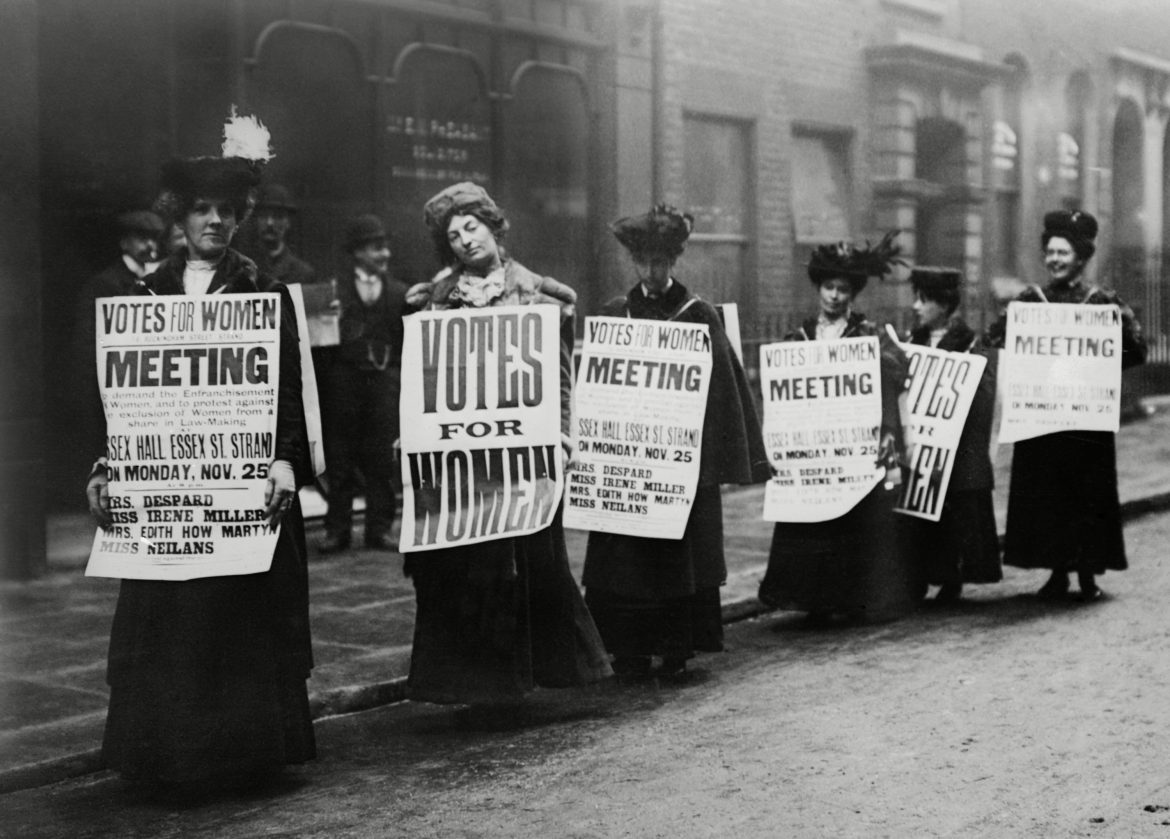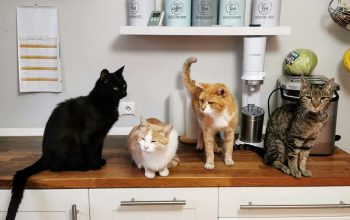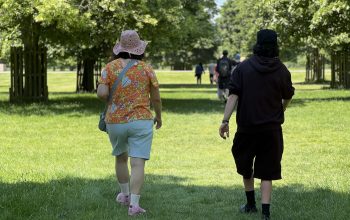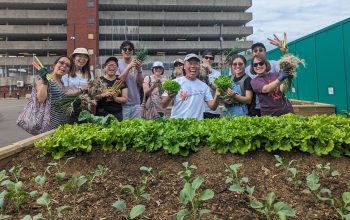March 1 marked the beginning of Women’s History Month where we recognise the amazing achievements of woman throughout history.
Women have contributed to many ground breaking discoveries, literature, art and other fields that have formed the world we live in today.
The fight for gender equality is ongoing and every year in March many countries across the world recognise the contributions of women in the fight for equality.
As we commemorate the women who have paved the way for gender equality such as Susan B. Anthony and Emmeline Pankhurst, let us remember the ones who made their mark in Kingston.
One of the biggest achievements for women in the UK was gaining the right to vote through the Suffragette movement.
When they were denied the right to vote in 1832 as part of the Great Reform Act, a small group of women founded the Women’s Social and Political Union (WSPU) in 1903 to fight for the right to vote.
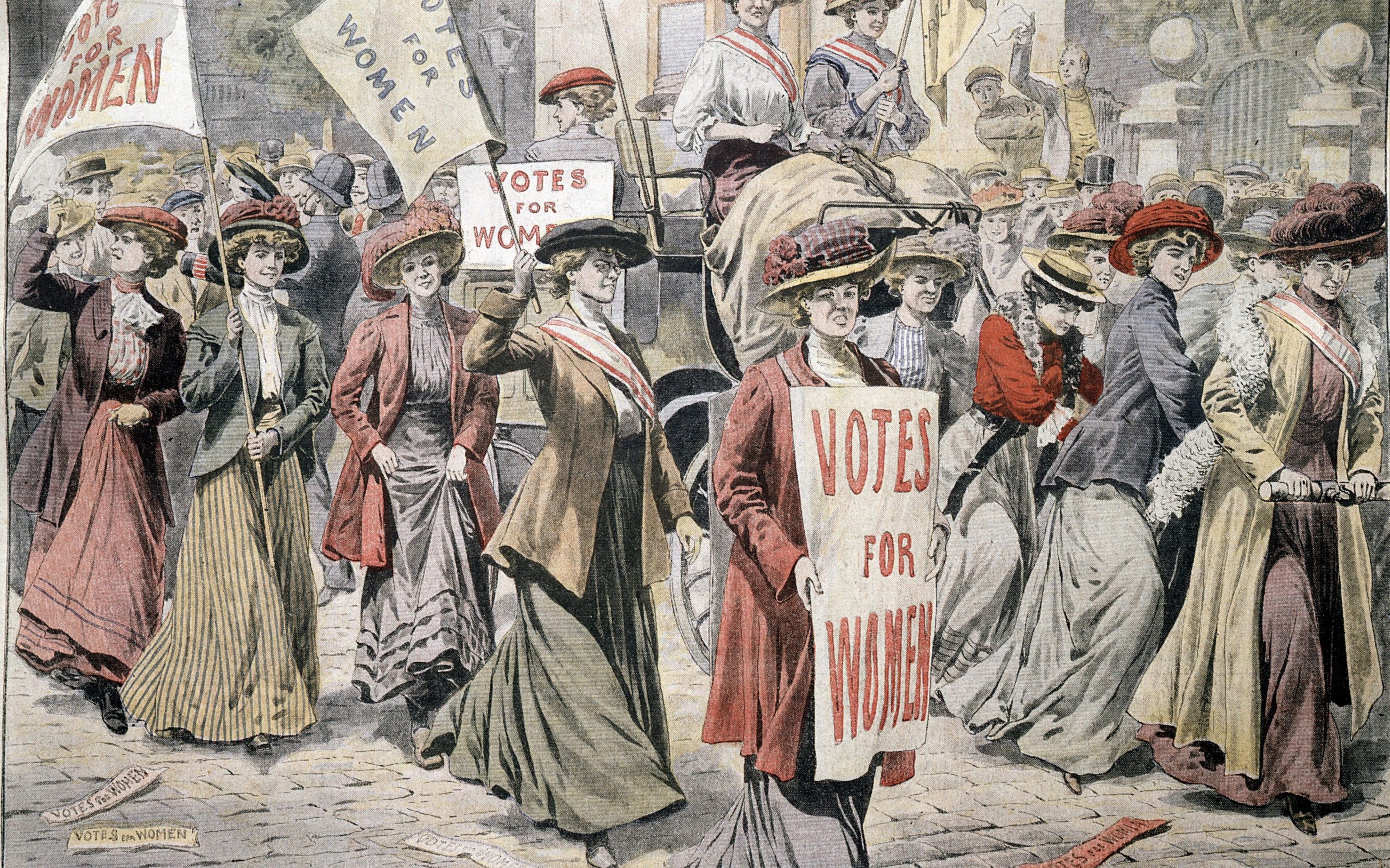
English suffragettes after being released from Holloway Prison
One of the WSPU shops was located in Kingston, and Kingston’s Magistrates’ Court hosted many of the trials of suffragettes and was even targeted by attacks.
Two local women who made an impact on the Suffragette movement in Kingston were Kitty Marion and Clara Elizabeth Giveen.
Marion had just immigrated from Germany and began standing up for the rights of actresses after being overlooked for jobs because she refused to give sexual favours to men, which led to her involvement with the WSPU.
She is considered one of history’s most dangerous feminist figures for her direct and violent forms of protests against sexual assault in the acting industry and for her acts of arson.
Giveen was from Ireland and after seeing women being mistreated by the police at the 1910 Black Friday demonstration, she joined the WSPU.
Giveen and Marion teamed up and decided to set fire to the Grand Stand at Hurst Park racecourse to bring attention to the Suffragette movement.
They were caught by the police the next morning and the trial began, where their lawyer, Ian Macpherson, claimed they should not be judged harshly, as they were fighting for a right they believe was just and proper for women – the right to vote.
Despite their attempts to defend themselves, both women were found guilty and sentenced to three years’ penal servitude.
In response to the sentence, they went on hunger strike, and were released from prison only to be sent back after they had regained their health.
Marion was forced fed over 230 times, which is now a method regarded as a form of torture because of the poor administering of food.
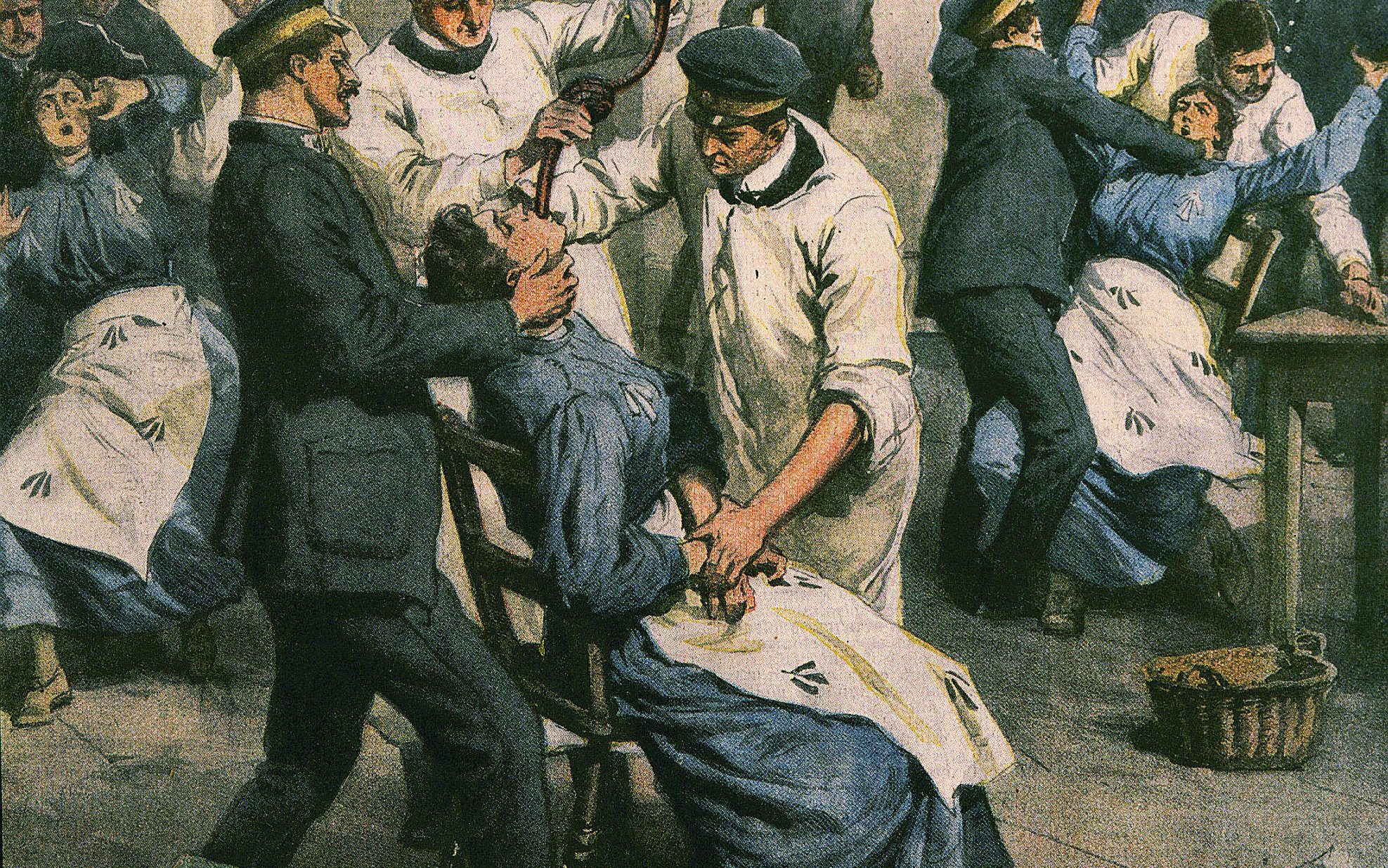
Suffragettes force-fed during hunger strike, 1913 Art (Social History)
Giveen and Marion avoided serving out the whole of their sentence and were awarded the Hunger Strike Medal by the WSPU.
While Giveen stayed in Surrey with her husband, Marion emigrated to America because she was accused of being a German spy and hunted by the UK police.
Upon her arrival in America, she was rejected by the American Suffrage leaders, afraid that she would ruin their reputation because of her history with violence.
Being rejected from the American Suffragettes did not discourage Marion from becoming a well-known feminist icon.
In America she continued to fight for women’s rights and became the most recognisable face of Margaret Sanger’s Birth Control Movement.
Another local feminist figure is Olive Bartels who was also closely aligned with the women’s Suffragette movement in the UK.
Bartels was born in Surbiton and was a chief organiser in the WPSU and worked closely with the founder, Christabel Pankhurst.
Her main role was to act as a decoy for Emmeline Pankhurst to prevent her arrest when being sought out by the police.
She left the WSPU to work with the Women’s Army Auxiliary Corps (WAAC) and was awarded an OBE for her work in the war office and the WAAC in 1920.
In January 1918 the House of Lords granted women over 30 the right to vote and in 1928 women over 21 were giving equal voting rights with men.
These women were all victims of a patriarchal society and became part of a historical movement that we learn and read about to this day.
To learn more about historical women in Kingston visit the Kingston Heritage Service website.

